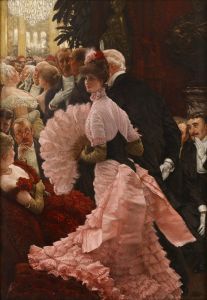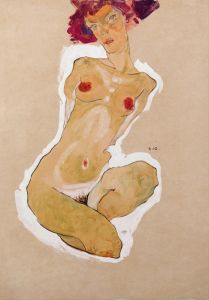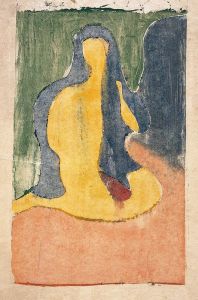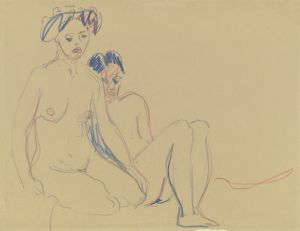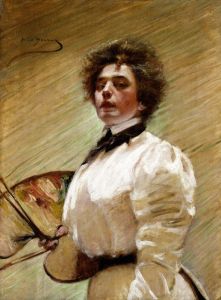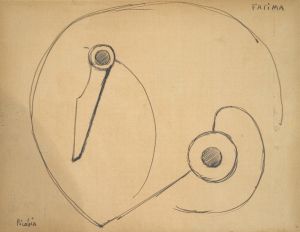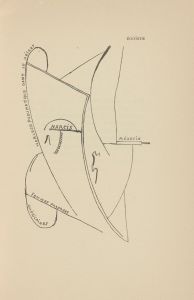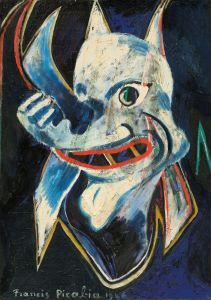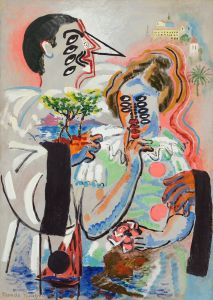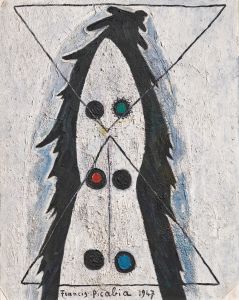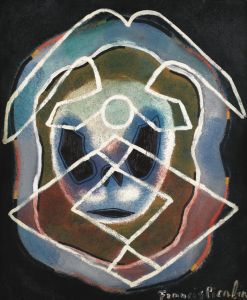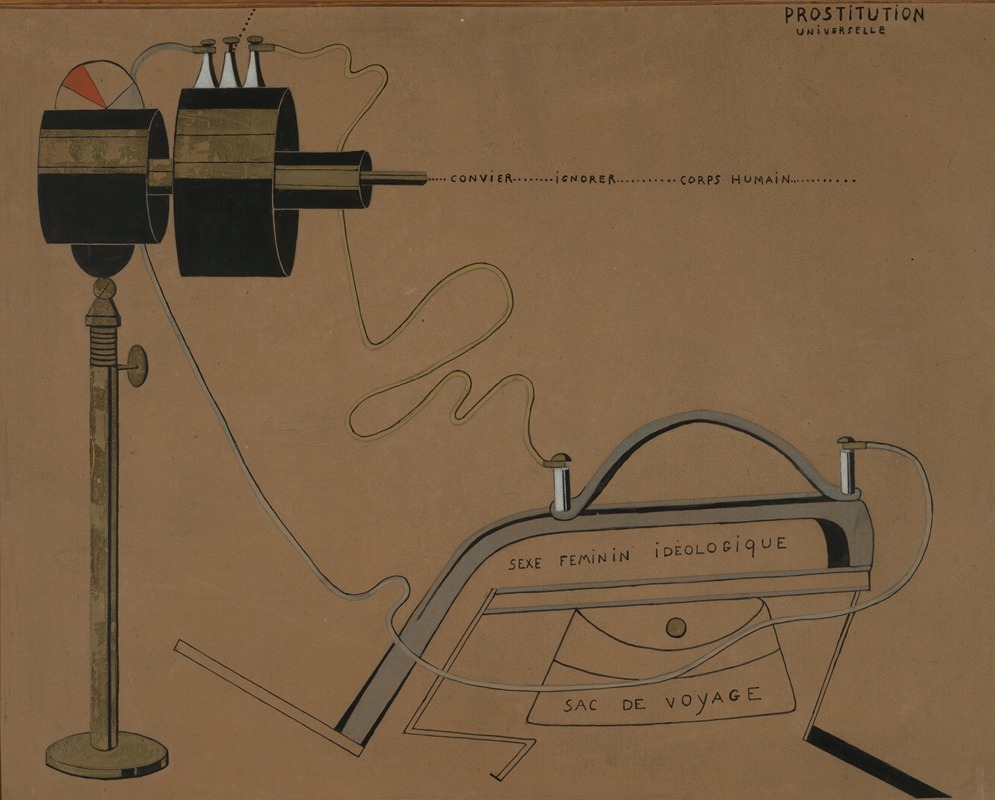
Prostitution universelle
A hand-painted replica of Francis Picabia’s masterpiece Prostitution universelle, meticulously crafted by professional artists to capture the true essence of the original. Each piece is created with museum-quality canvas and rare mineral pigments, carefully painted by experienced artists with delicate brushstrokes and rich, layered colors to perfectly recreate the texture of the original artwork. Unlike machine-printed reproductions, this hand-painted version brings the painting to life, infused with the artist’s emotions and skill in every stroke. Whether for personal collection or home decoration, it instantly elevates the artistic atmosphere of any space.
Francis Picabia was a French avant-garde painter, poet, and typographist, associated with a variety of art movements including Impressionism, Cubism, Dada, and Surrealism. He was known for his innovative and often controversial works that challenged traditional artistic conventions. One of his works, "Prostitution universelle," is a notable example of his Dada period, although specific details about this particular piece are limited.
The Dada movement, which emerged during World War I, was characterized by its anti-establishment ethos and its embrace of absurdity and irrationality. Picabia was a central figure in the Dada movement, particularly in Paris and New York, where he collaborated with other avant-garde artists and writers. His works from this period often incorporated elements of satire, irony, and nonsensical imagery, reflecting the chaos and disillusionment of the time.
"Prostitution universelle" fits within this context, as Picabia frequently used provocative titles and imagery to challenge societal norms and artistic traditions. The title itself, which translates to "Universal Prostitution," suggests a critique of the commodification and exploitation prevalent in society, themes that were common in Dadaist works. However, without specific visual or contextual details about the painting, it is difficult to provide a comprehensive analysis of its content or style.
Picabia's Dada works often featured mechanical and abstract forms, sometimes combined with text, to create a sense of disjunction and to question the relationship between art and meaning. His use of industrial and mechanical imagery was a commentary on the mechanization of modern life and the dehumanizing effects of technology. This approach can be seen in other works from the same period, where he juxtaposed machine-like forms with human elements to create a sense of irony and critique.
The lack of detailed information about "Prostitution universelle" specifically may be due to the nature of Picabia's prolific output and the fact that many of his works were ephemeral or not widely documented. Picabia was known for his experimental approach and often worked across different media and styles, which sometimes resulted in works that were not preserved or cataloged extensively.
Despite the limited information on "Prostitution universelle," Picabia's contribution to the Dada movement and his influence on modern art are well-documented. His works continue to be studied for their innovative use of form and content, as well as their impact on subsequent art movements such as Surrealism and Abstract Expressionism. Picabia's legacy is that of a boundary-pushing artist who consistently sought to redefine the possibilities of art in the modern world.
In summary, while specific details about "Prostitution universelle" are scarce, it is likely representative of Francis Picabia's Dadaist phase, characterized by its provocative themes and innovative style. His work during this period remains significant for its challenge to traditional art forms and its reflection of the cultural and social upheavals of the early 20th century.





